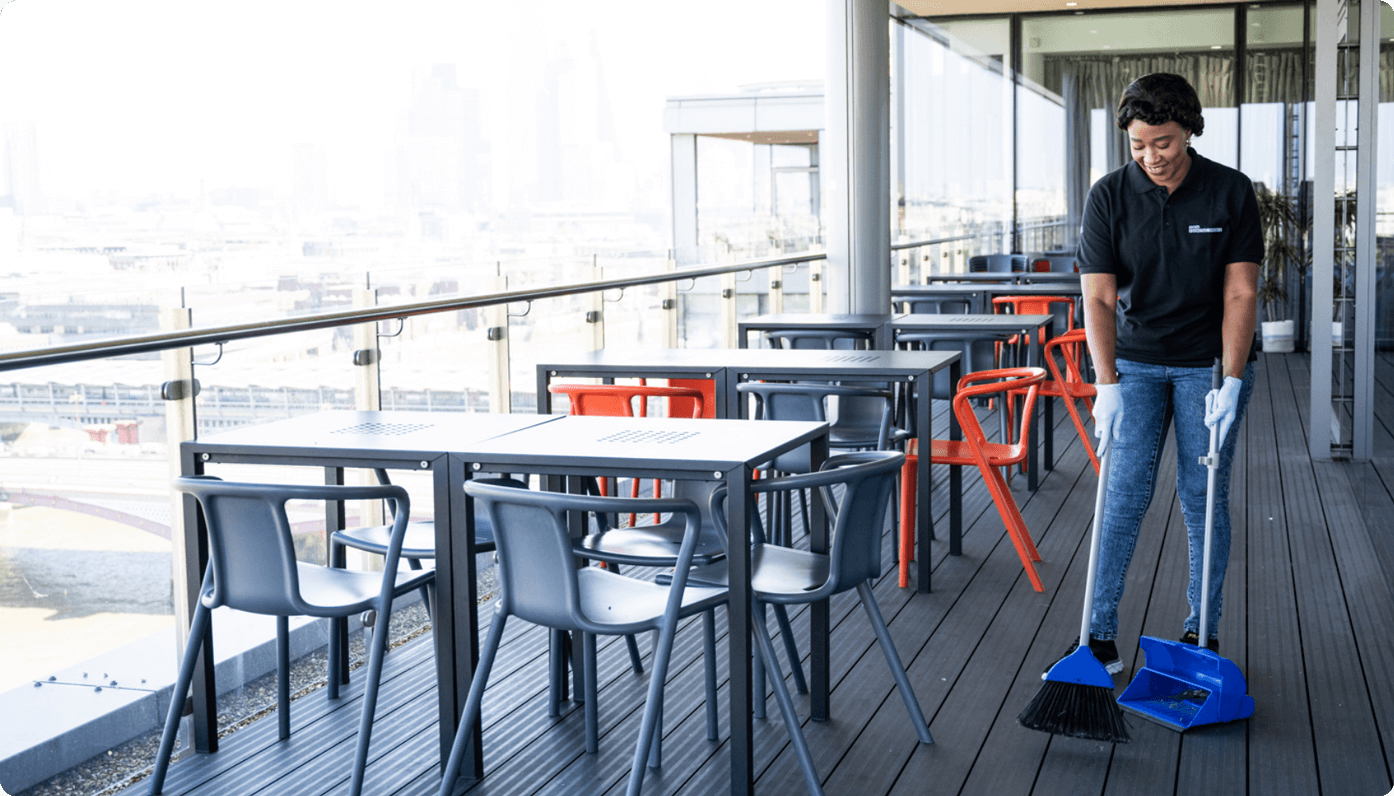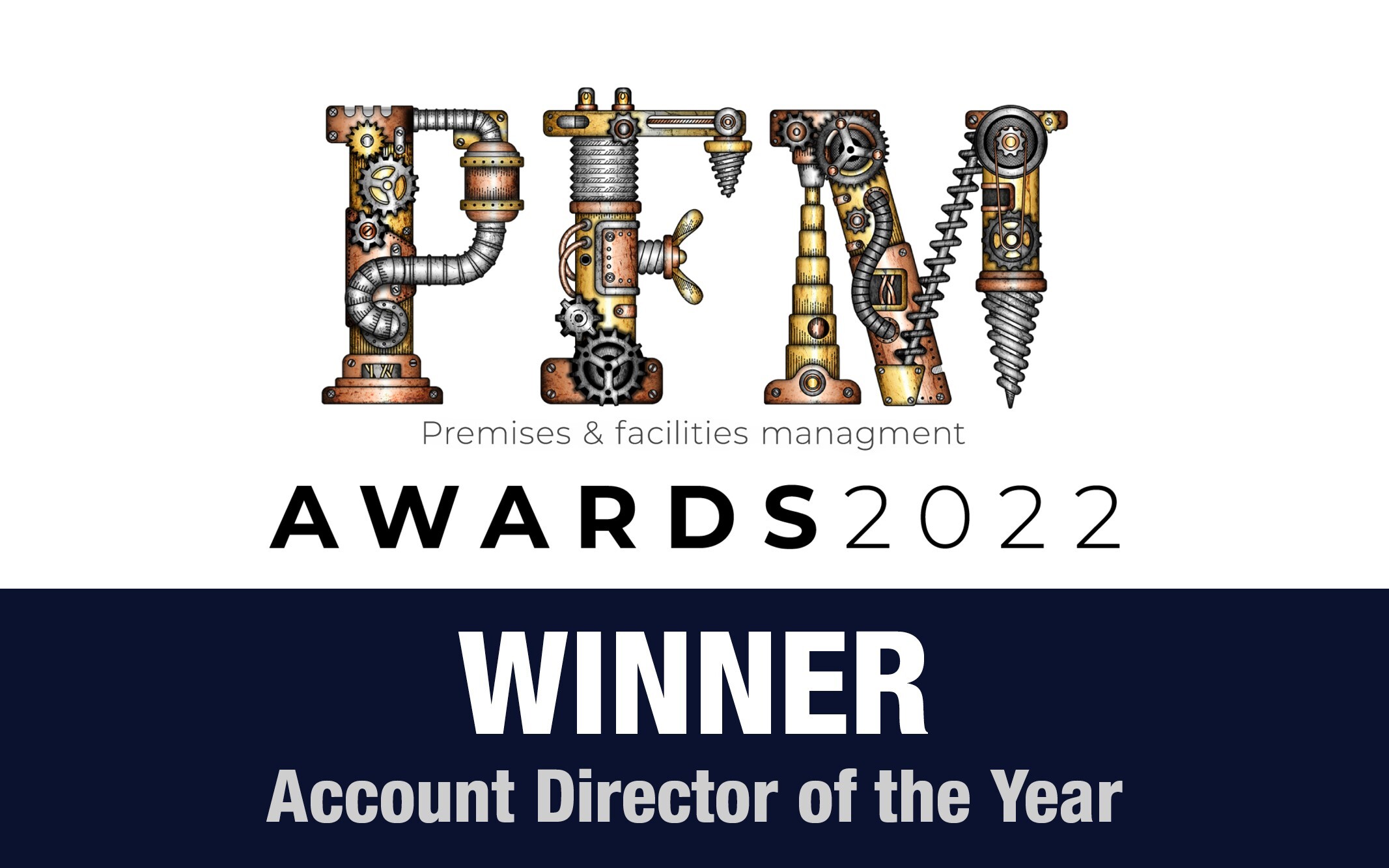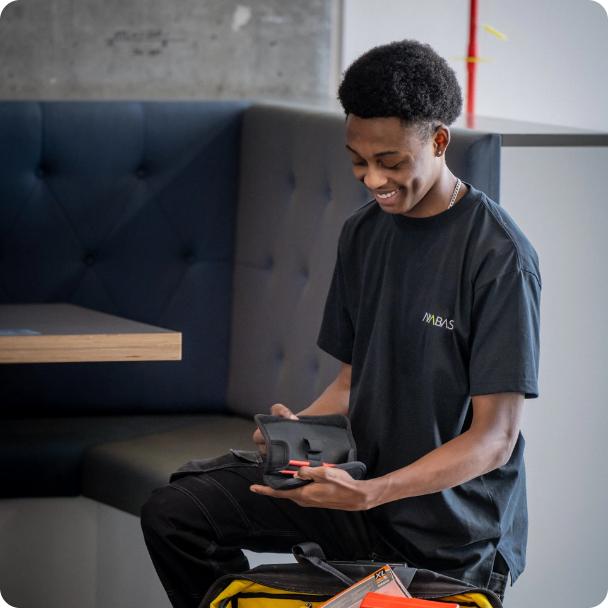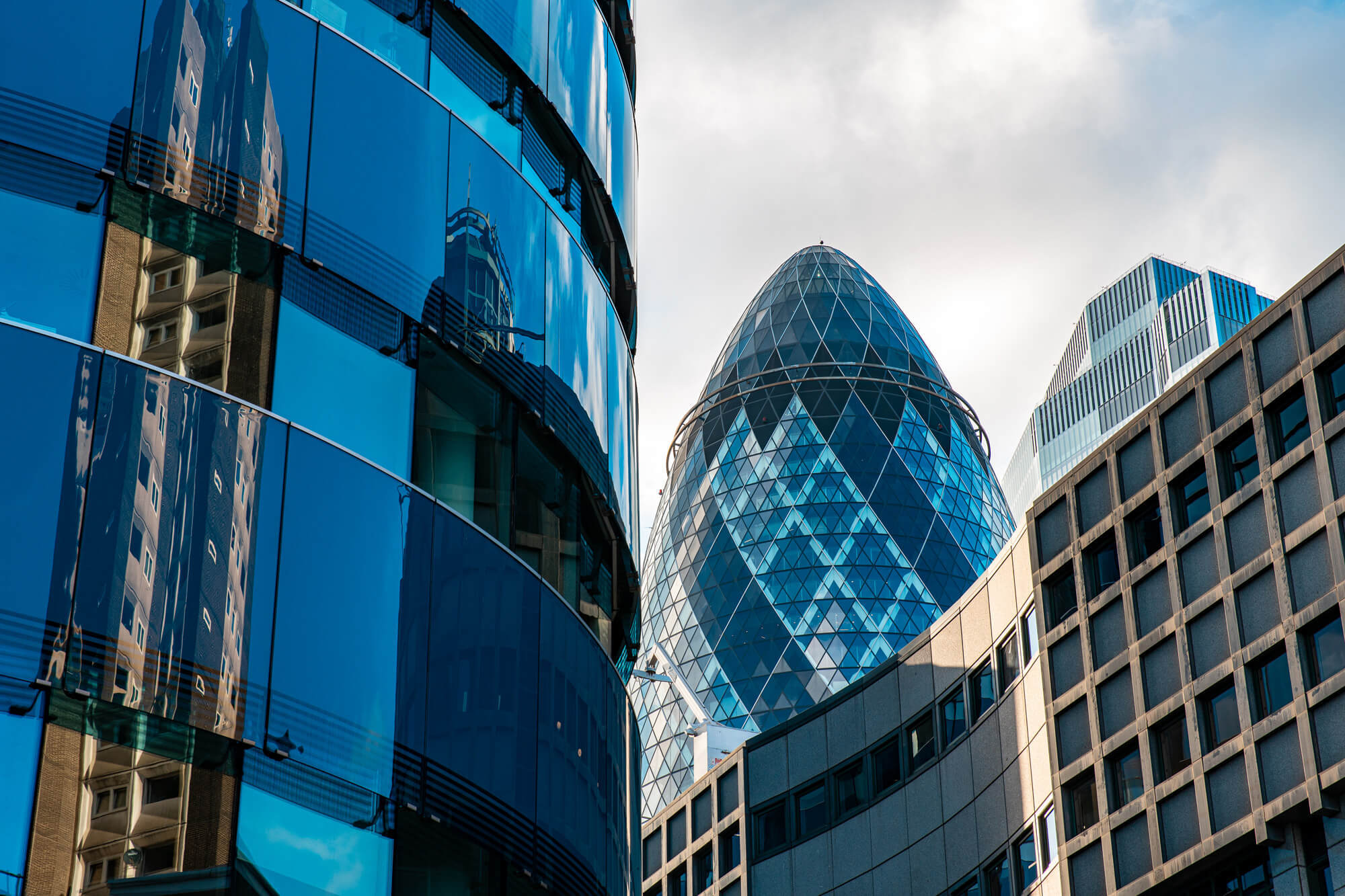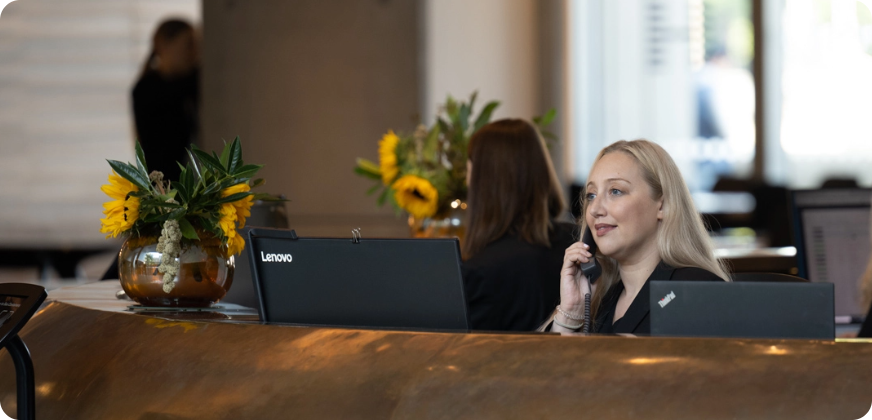





 Building & Fabric Maintenance
Building & Fabric Maintenance

 Mechanical & Electrical Maintenance
Mechanical & Electrical Maintenance



 Events & Lifestyle Services
Events & Lifestyle Services

 Logistics & Office Services
Logistics & Office Services

 Security
Security

 Catering
Catering

 Cleaning & Environmental
Cleaning & Environmental







Small Decencies


Boutique FM


Fully Engaged


Brilliant Basics


Great Experiences


FM Technology


Great People


Advocacy


Right size, Right fit


Promises Delivered




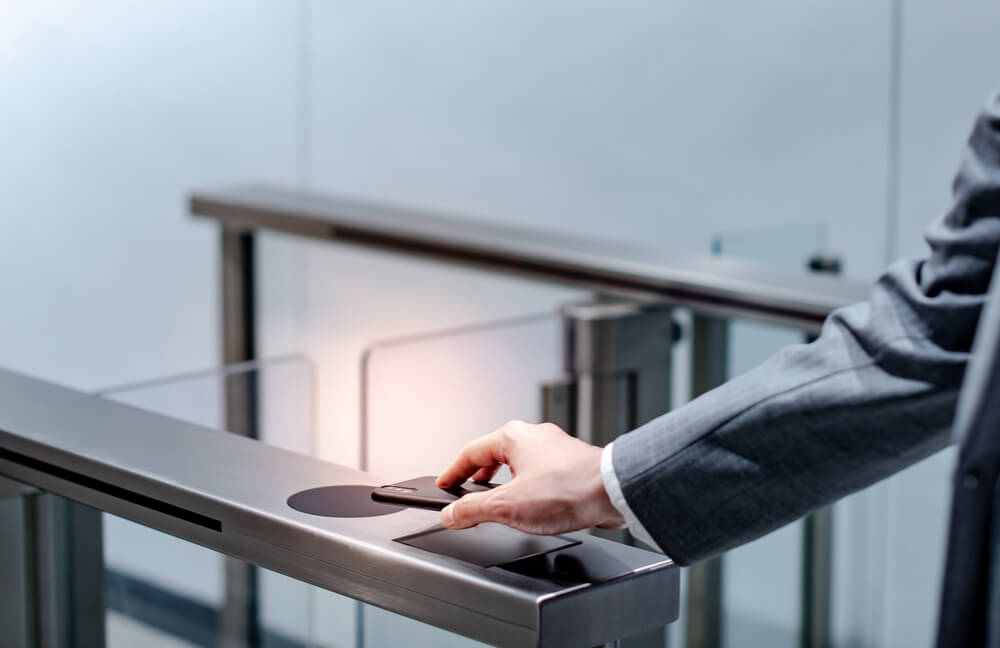
In the wake of the global pandemic, many businesses have revisited the role and relevance of their office space. But facilities, which are now often operating at partial capacity, have changed to accommodate to the health and safety of different building users, including employees, clients, and general visitors. Security measures have largely been fortified for those coming into the office, but for those working remotely, there are vulnerability issues that will need to be addressed.
The prevalence of homeworking in the early months of the coronavirus established an optimistic attitude to working remotely. According to the Office for National Statistics (ONS), in April 2020 as much as 46% of the population were remote. Phased returns have been, in part, upended by the global return of several waves of the coronavirus, where workplace activity in 2021 remained lower than it was pre-pandemic. But many office leaders are finding inspiring ways to operate – and support building users – in 2022 by focussing on security.
If your office remains open, and it regularly (albeit cautiously) welcomes visitors, it may be that your facilities need to rethink if existing security measures are still effective and relevant. When it comes to phasing employees back into the office, or daily visitor management, levelling up security, nowadays, is just as high of a priority as complying with health and safety.
Corporate security challenges in hybrid working
Many of the stories during the pandemic focussed on the growing security demands and challenges of remote workers, who were now commuting digitally, rather than making regular office visits. The rise of cloud, and greater need for remote access points, are the typical security vulnerabilities. But what about your facilities and what are the kinds of risks that apply?
Any best practices, policies, or systems that your facilities use to regulate and manage building users, including visitor management solutions, should consider the unique challenges of physical security systems. Most corporate office security solutions will tailor security measures to respond to any unique threats posed to your business’ workplace, including but not limited to:
- unauthorised site access,
- front of house visitor screening,
- access control breaches, and the need to escort staff into secure areas,
- fraud, identify theft, or similar,
- and a host of cybersecurity issues.
When assessing the effectiveness of on-and off- site security controls, facility owners should act with reasonable caution and identify any risks or threats unique to their office. The most effective security services are bespoke, designed to understand and prevent the risks your office faces daily.
Understanding where risks come from
Even though many measures can seem intrusive, or too “Big Brother”, facilities should still be monitored for commons security risks. Whilst we mentioned many of those above, employee risks are commonly cited areas of concern, including unintentional or mistaken security breaches. There can be incidents that are more severe, such as document or file theft.
Your facility can combat these risks by using employee IDs, access cards, and having security personnel available to monitor attendance. Small changes to security behaviours can be the difference between a safe environment and one that’s targeted by an attack (either from the inside or outside). Employees, clients, and building visitors can be a vulnerability, especially if visitors are unregulated. Whether intentional or not, access controls can be critical to limiting the number of breaches that happen from inside your business.
Cybersecurity and hybrid working
In a landmark 2020 report, Verizon’s Business Data Breach Investigation Report (DBIR), which collected insights from 5,250 “confirmed” breaches, quickly stressed to businesses the scaling up of threats and risks online. Whilst these cybercrime statistics are alarming, the Version report suggested how businesses have options when it comes to securing their work.
Even though there is a spectrum of risks out there, businesses should start by identifying the immediate and relevant threats before putting in place counter controls to prevent and limit the likelihood of a breach.
The author of the report and Verizon’s Director for Security, EMEA and APAC, Alistair Neil, mentions how these security controls should be bespoke, targeted and then applied to your “distributed workforce”. For businesses, fortifying the office’s security is paramount, but facilities managers should act cautiously about how remote or hybrid working can create new, unpredicted vulnerabilities.
Conventional security practices in the office have been described as a “castle and moat” operation. But with hybrid working solutions, office managers will need to be open to, and more aware about, a spectrum of risks that could impact how their business operates. You can invest in the right technologies that help those who are remote to remain just as safe and secure as those visiting the office. Weak spots include vulnerable, unsecure internet connections and limited firewall protection if individuals use their own devices to work from; these are typical, avoidable risk areas for those who are homeworking.
Scaling up IT and technology solutions should be encouraged to limited exposure to threats, such as data loss or theft. When it comes to best practices regarding information security, FM providers like Anabas have demonstrated a commitment to the protection of organisational data through the ISO 27001 accreditation.
Security management should address two areas, with a focus on those accessing your building, or the individuals such as employees or visitors, and the actual environment. When it comes to employees, training exercises, access to policies, and regular communication can help support staff to learn about risk prevention. But what about security and the office environment?
Security measures for hybrid workplaces
No two hybrid workplaces are the same, whether that’s a home-office, a shared, open plan office, or a more traditional space on an industrial park. The scaling threat of cyber risk varieties is no reason to loosen security measures for your physical facilities. Even though it may be tempting to refocus budgets on those technologies that help to keep your remote workers safe, security in the office should remain a high priority.
Security for a hybrid office should look to strengthen the role of a workplace as the headquarters of a business. Anabas’ facilities managers are expertly trained to deliver FM contracts that help our clients to create healthier, safer, and more secure workplace environments. Speaking from experience, corporate office security should complement other goals, such as welcoming a positive customer journey. Security should have a presence throughout your whole building, including:
- front of house security that’s responsible for welcoming building visitors, with an awareness of security needs, as part of the arrival process.
- back of house security that works invisibly behind the scenes, protecting and monitoring your building.
Security services might include CCTV monitoring, visitor, and access systems for those entering your facilities, cark park and loading bay patrols, manned guarding, and more.
Security for multi-site facilities
If you own a portfolio of facilities and offices, it’s critical that you do not develop a weak link in the chain. This means the security controls should be evenly distributed across all your offices, offering employees, clients and visitors’ reassurances that your business prioritises, and cares about, safety and security.
If your business operates a central office in London, but has commuter offices in the South, East, or West of the UK, then it’s advisable to work with your facilities manager to ensure that protection is scaled to help all locations remain secure. If your business has multiple sites, working closely with facilities management professionals can help you understand the most relevant risks. Even with multiple facilities, each one might require bespoke security measures to optimise your business against risks.
Find a security solution that works
First impressions are critical and our corporate office security services are tailored to help visitors feel welcomed, safe, and secure when accessing your facilities. For help scaling up your facilities to cope with modern risks and threat varieties, contact Anabas’ team of specialists today.



